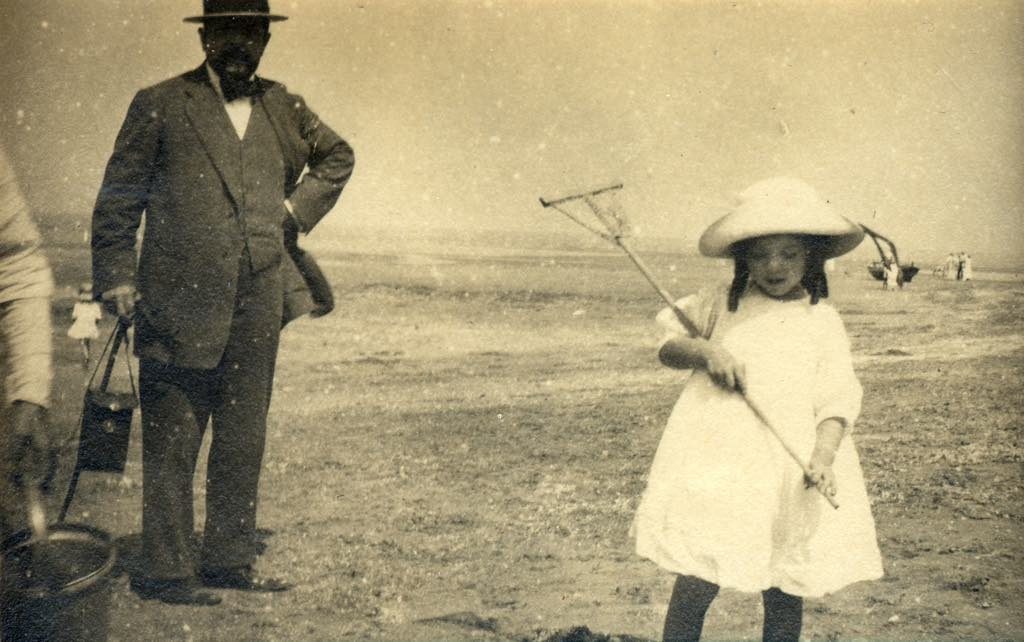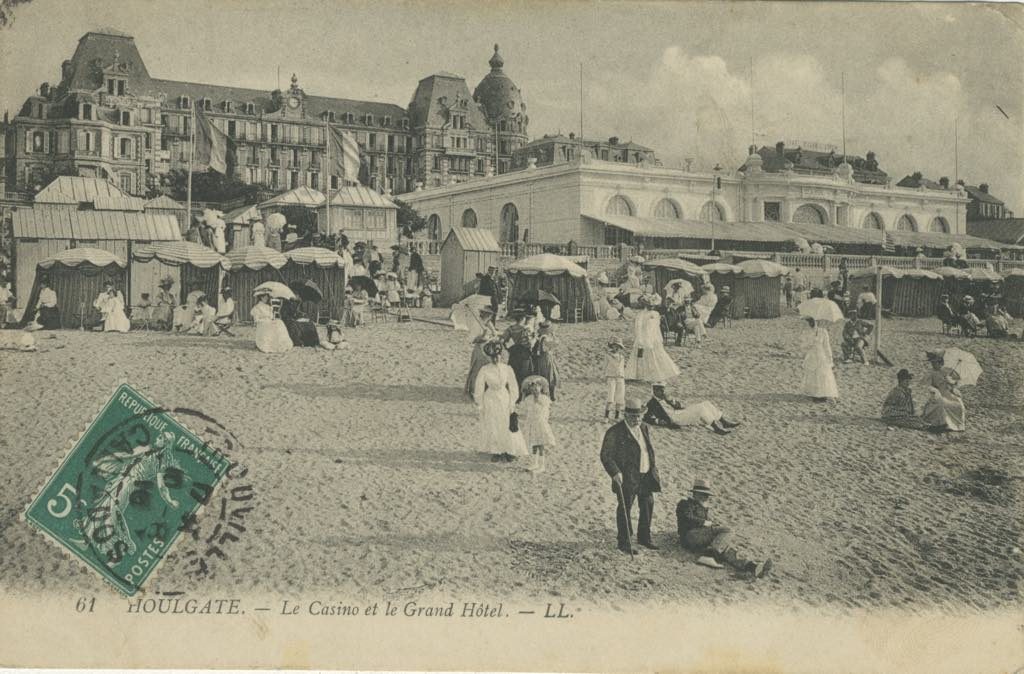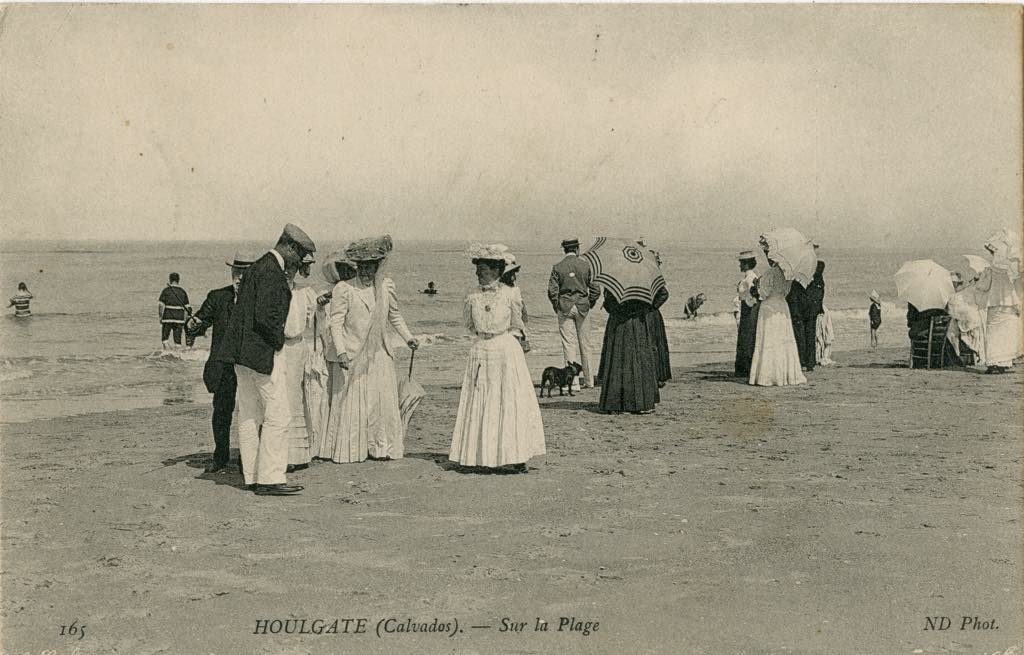
Why, you might ask, is an exhibition titled “Debussy at the Beach” being held at the National Museum of Archaeology in the precincts of the château at Saint-Germain-en-Laye? Perhaps in order to present a close examination of the beach pebbles on which the great French composer Claude Debussy, who died 100 years ago this year, trod while on holiday?
Actually, the answer is not far away from such a seemingly absurd suggestion. Ingeniously, or bafflingly (depending on your point of view), curator and musicologist Rémy Campos has, with painstaking thoroughness, studied late-19th-century archaeologists’ methods of noting, describing and drawing sites and artifacts, and has applied these methods to studying a Debussy family photograph album of a month’s stay in the Normandy seaside resort of Houlgate in August 1911 and a collection of postcards from the same period.
The exhibition, which consists of large panels adorning the grills of the Saint-Germain-en-Laye Hôtel de Ville and in the beautiful large park that adjoins the château (be prepared for a long trudge between the different parts of the show!) juxtaposes these seaside pictures with panels depicting various archaeological digs.

Campos has studied the positioning of the figures in a number of photographs depicting Debussy and his second wife Emma Bardac on the Houlgate seafront and, with minute precision, compares them to other seaside photos of the same spot, even going so far as to list and price every item of beachware to be seen in the various pictures, noting also the presence (in the background) of domestic servants in the photos.
Debussy, who had severe financial problems during that period, exacerbated by his socialite wife’s taste for luxurious living, looks ill at ease as he poses for many of the photographs. Unlike his wife, he was naturally solitary, and he ended up hating this beachside holiday. Despite the fact that the Houlgate beach was teeming with people in August, most of the photos portray him either on a seemingly deserted beach or with bathers in the far distance.
Because of its outdoor location, the entire exhibition consists only of reproductions of the photographs and postcards, and it was disappointing not to have the chance to view the actual photo album and collection of postcards.
Although the meticulous academic detail of this exhibition is admirable, one also gets little sense of Debussy the composer. Given the theme of the show, I expected at the very least discussion of one of Debussy’s most famous pieces, “La Mer” (The Sea), which he composed a few years earlier while staying in the English coastal town of Eastbourne, but it goes unmentioned.
Only at the very end of the exhibition do we find quotations from letters written by Debussy during this ill-fated stay, including a reference to the dreadful music being played on the Houlgate seafront. At this point the exhibition comes alive, but it is a case of too little, too late.
A book accompanying the exhibition, published by Gallimard, reproduces the photographs and postcards, and provides more detailed commentary by the punctilious Rémy Campos.
Favorite
